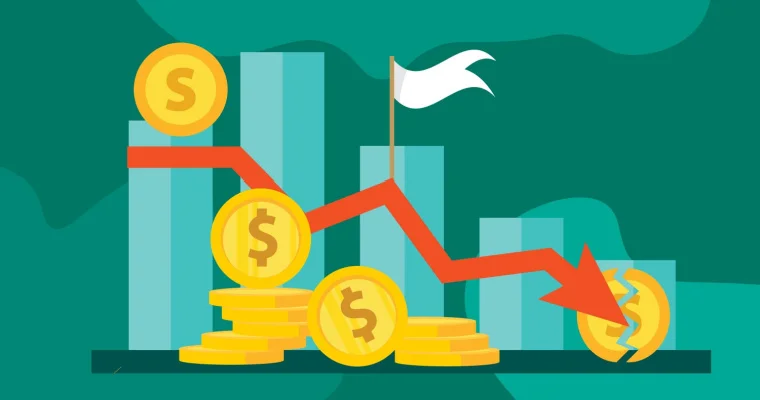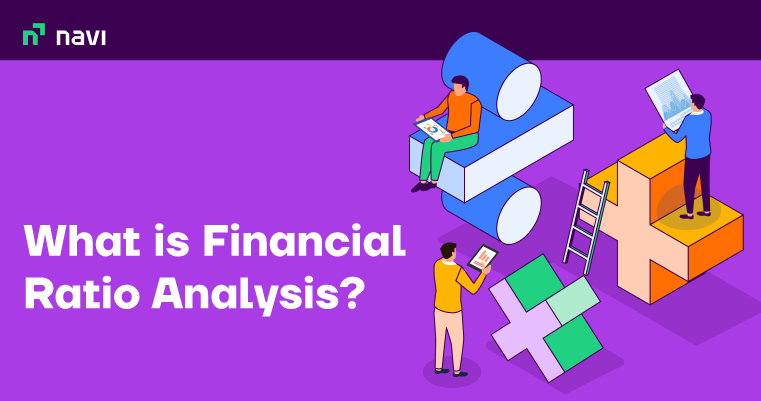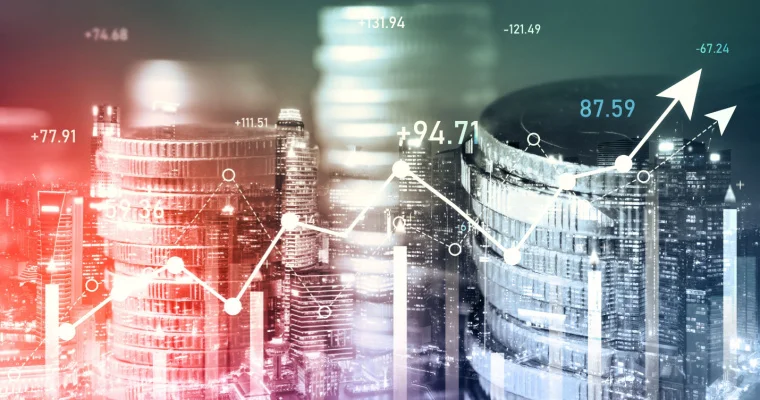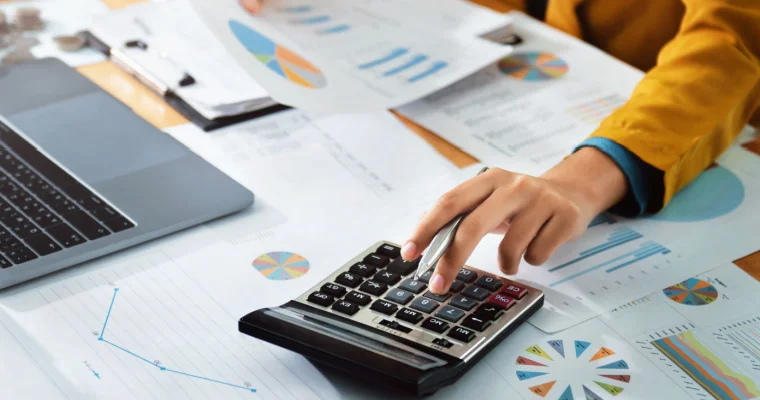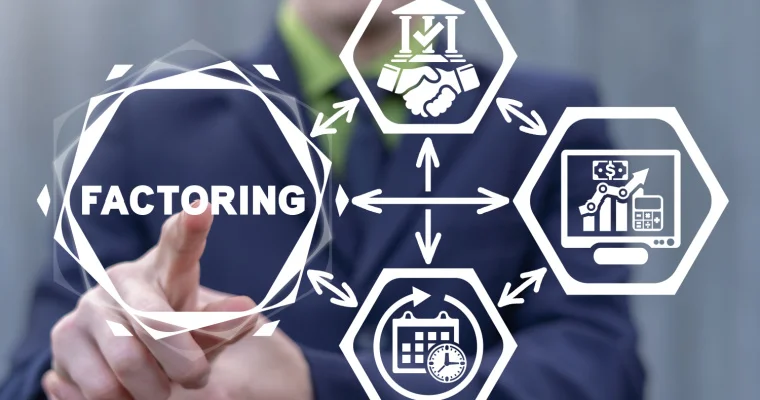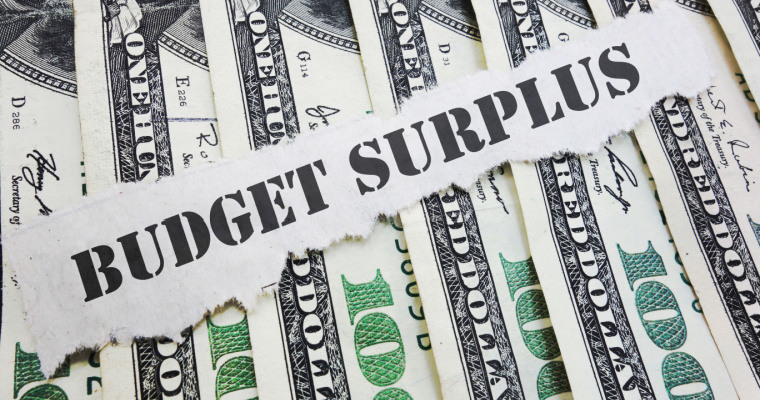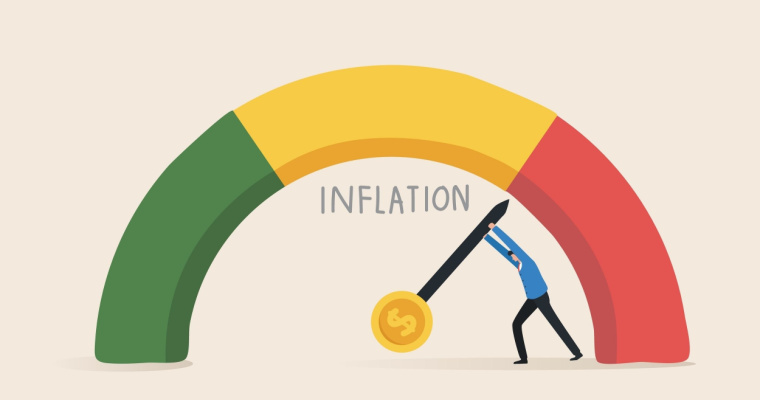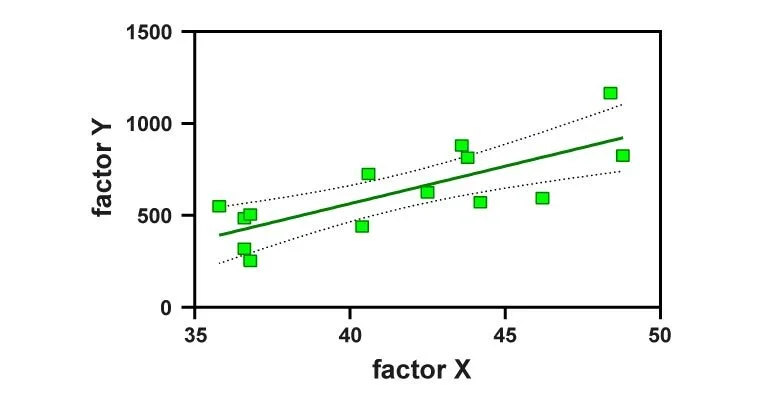What is Capital Expenditure (CapEx): Its Examples, Importance and Calculation
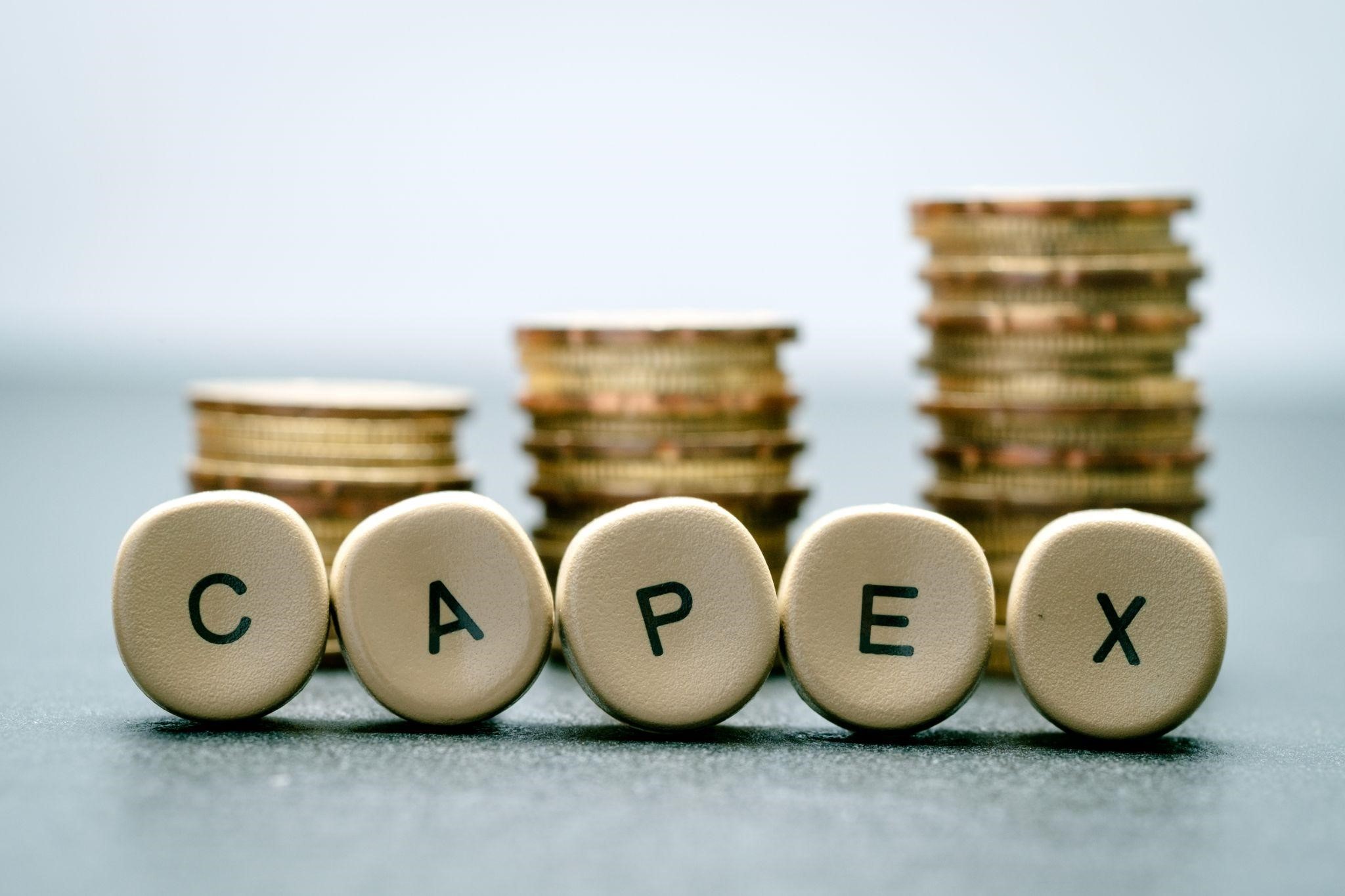
Capital expenditure or CapEx means cash spent by a business to purchase or invest in new assets that are crucial to the company’s operations. It is to improve a company’s fixed assets and maintain tangible assets, such as property, manufacturing plants, or equipment resulting in the growth of the business. Repairing a roof, buying a new piece of equipment, machinery, software, furniture, establishing a new factory or anything beneficial for the future of the company are all examples of capital expenditure.
In long-term financial planning, CapEx analysis supports the company management in deciding if a particular asset provides an attractive rate of return. Companies can then achieve a balance between conserving existing assets and having enough finances to expand its asset base.Changes to a company’s capital expenditure is a huge monetary decision and it must be approved at the company’s annual shareholder meeting.
How Does Capital Expenditure Work?
Capital expenditures in general are documented as a long-term investment rather than an expense. Since the corporation is incurring these expenses to grow its business and assets, it is called an investment.
Capital expenditures help companies and investors understand the quantum of funds the company has invested in growing the business.
Buying new property and equipment, upgrading the software used, infrastructure, machinery, warehouse and furnishing are a few examples of common capital expenditures. CapEx also includes intangible assets such as patents and licences.
However, expenses incurred for repairs or regular maintenance are not considered capital expenditures. They are instead documented as repairs.
Importance of Capital Expenditure
CapEx purchases are present on the company’s balance sheet and are an important part of the cash flow statement. Following are some key reasons that help establish the importance of CapEx:
1. Long-term Financial Assets
The effects of capital expenditure are generally seen in the long-term since the benefits of capital expenditure being made now will be assessed by the output in the future. These expenses help give the company a direction to move forward, set goals and prepare budgets.
2. Boost the Business
It helps in boosting labour engagement, assessing the economy and its ability to generate more assets in the future.
3. Helps Determine the Rate of Return
In terms of long-term financial planning, capital expenditure analysis assists executives in determining if an asset delivers an attractive rate of return. Companies can then strike a balance between preserving current infrastructure and assets and retaining enough funds to engage in expansion.
4. It is Irreversible
Capital expenditures are found to be difficult to reverse without causing a loss to the organisation as the market for the old capital equipment is generally bad.
5. High Initial Investment
Capital expenditures are typically very expensive. Capital expenditures on physical assets such as buildings, or new equipment provide long-term financial benefits and help in the growth of the organisation, but require a large initial commitment that is substantially bigger than regular operating expenditures.
6. Depreciation of Asset’s Value
Capital expenditure boosts an organisation’s current assets. However, once capital assets are used, depreciation occurs, and their value decreases over time.
Capital Expenditure (CapEx) Formula
With help of an income statement and balance sheet, the following formula is used to calculate CapEx:
CapEx = PP&E (current period) – PP&E (prior period) + Depreciation (current period)
You will need your company’s financial statements for the last two years to estimate capital expenditure.
How to Calculate Capital Expenditure?
To determine capital expenditures, follow these steps:
- Step 1: Get access to the financial statements for your organisation
You will need your company’s financial statements for the previous financial year to get the accurate and relevant information to determine capital expenditures. - Step 2: Determine the change in fixed assets
Subtract the fixed assets stated on the prior year’s financial statement from the fixed assets listed for the current fiscal year. This will help you in determining the change in these fixed assets. - Step 3: Calculate the total depreciation
Subtract the prior year’s accumulated depreciation from the current year’s accumulated depreciation. This will tell you about the total depreciation for that year. - Step 4: Add the total depreciation to the change in fixed assets
Once you have calculated the total depreciation add it to the change in fixed assets mentioned above and you will get the final CapEx.
Capital Expenditure Example
Here is an example of capital expenditure calculation:
For instance, assume you operate a business and decide to invest in new equipment and a larger facility in 2019.
Depreciation = Rs.1,50,000
PP&E at the end of 2018 = Rs.5,00,000
PP&E at the beginning of 2018 = Rs.3,50,000
With this data, you can compute your company’s capital expenditures for that fiscal year.
Deduct the PP&E value at the start of 2018 (Rs.3,50,000) from the PP&E value at the end of 2018. (Rs.5,00,000). This will result in an Rs.1,50,000 change in PP&E.
The following step is to add this amount in the depreciation expense (Rs.1,50,000). This will result in Rs.3,00,000 in capital expenditure for 2018.
Types of Capital Expenditures
A company’s long-term value and financial growth are linked to a variety of assets. As a result, there are two major types of CapEx:
1. Tangible
This includes the purchase of property, equipment, computers, vehicles, etc. and the cost to maintain them. These are the assets that will be used for several years to come. Acquiring such assets generally involves a depreciation charge as well.
2. Intangible
For major corporations, software is a significant expense. This may include fees paid for software development, costs incurred in acquiring the particular software, and salary for staff who worked on the software development or upgrades. Software upgrades and purchases are considered intangible capital expenditures in certain circumstances and can be depreciated if certain criteria are met. A company’s purchase of a patent for a product or licence is also considered a capital investment.
Difference Between Capital and Revenue Expenditure
The difference between capital expenditure and revenue expenditure is primarily based on whether the purchases will generate revenue in the long or short term. A company’s capital expenditures or CapEx are funds used to purchase, improve and maintain tangible assets such as property, buildings or equipment in the long-term (over one year). They include one-time large purchases of fixed assets that will be used to generate revenue over a longer period of time.
Revenue expenditures are recurring operating expenses, which are short-term expenditures required for the day-to-day operations of a corporation. Labour and raw material expenses are good examples of revenue expenditure.
Best Practices in Capital Expenditure Budgeting
Capital expenditure decisions are crucial to a company because of their high initial costs, irreversibility and long-term consequences. As a result, capital expenditure budgeting should be thoroughly and efficiently planned and executed. There are a few practices to keep in mind when it comes to capital expenditure budgeting:
1. Create a Structure
Budgets for capital expenditures require careful consideration before they can be implemented as they are considered a massive expense for the company. Before beginning a project, determine the scope of the project, establish timelines, and ensure that the entire plan is reviewed and authorised. Implement more detail into the project to get a more precise budget.
2. Consider Long-term Efficiency
You must select whether you will purchase the capital asset with debt or with existing money at the outset of your capital expenditure project. Both options can be beneficial to your organisation, and different options may be required for different projects.
3. Gather Accurate Data
Accurate data is critical for effectively managing capital allocation for projects. You must collect all relevant information to produce a realistic budget and valuable reports.
4. Form Clear Guidelines and Regulations
Because capital expenditure management in a large firm may involve several stakeholders or departments, it is important to form clear policies for everyone to follow to keep the budget and workflow on track.
Also Read
Final Word
Capital expenditure is incurred by businesses or corporations to invest in assets for long-term stability, eventually growing their business and increasing profit. Companies invest in properties and land to grow into new locations, upgrade building infrastructures to improve manufacturing, logistics, and inventory storage, or technology to increase the efficiency of the organisation. If a company’s one time investment or development of an asset is anticipated to provide long-term benefits, the company is required to register the purchase as CapEx. The company then takes into account the depreciation of the asset over time and retains a portion of the purchase on its balance sheet.
FAQs
Ans: Capital expenditure includes the acquisition of new equipment, machinery, land, plant, buildings or warehouses, furnishings and fittings, business vehicles, software and even a patent or a licence.
Ans: When a company makes a revenue expenditure, the gain is immediate rather than long-term. Wages or salaries paid to manufacturing workers, as well as the purchase of machine oil, are examples of revenue expenditure and are not termed as capital expenditure.
Ans: In terms of long-term financial planning, CapEx analysis assists companies in determining the rate of return of an asset
Ans: A capital expenditure can have various effects on the income statement. If you purchase an asset that increases your manufacturing capacity or sales volume, you can enhance your revenue.

Customer’s Feedback
No comments found.What is Primary Deficit? – Example, Formula & Measures
What is a Primary Deficit? Primary Deficit is the difference between the current year’s fiscal... Read More »What is Financial Ratio Analysis? – Objectives, Types and Uses
Ratio analysis is a process that allows people to assess the financial health of a company. Using t... Read More »Treasury Management – Its Functions, Types and Benefits
Even the most well-funded business can run into huge losses if it does not have the resources to fu... Read More »How Anti Money Laundering Combats Financial Crime?
Anti Money Laundering (AML) is a system of rules, laws, regulations, and procedures that financial ... Read More »What is Salvage Value and Why is it Useful?
Salvage value, also called scrap value, is the value of a specific asset after its useful life. In ... Read More »Key Difference Between Factoring and Forfaiting in Trade Finance
Factoring and forfaiting have grown in prominence as major sources of export financing. For the uni... Read More »What is Factoring and its Importance in Financial Management?
Factoring is a practice in which a company buys the accounts receivable of another company at a dis... Read More »What is Budget Surplus: Its Effects, Advantages and Impact with Examples
When the revenue of a government, business, or individual exceeds its expenses in a given period, i... Read More »What is Balanced Budget – Components, Importance and Examples
In financial planning or the budgeting process, a balanced budget is one in which total anticipated... Read More »What Does Inflationary Gap Mean in Macroeconomics?
In macroeconomics, the difference between current and potential GDP is known as a gap. This gap is ... Read More »What is Accounting Conservatism in Finance and How Does it Work?
Accounting conservatism involves a conservative set of accounting guidelines wherein the worst-case... Read More »Multiple Linear Regression (MLP) – Uses, Formula and Examples
Various statistical models help in establishing a relationship between different variables. Multipl... Read More »Top 10 Chit Fund Schemes in India in 2023
Chit funds are one of the most popular return-generating saving schemes in India. It is a financial... Read More »10 Best Gold ETFs in India to Invest in April 2023
Gold ETFs or Gold Exchange Traded Funds are passively managed funds that track the price of physica... Read More »10 Best Demat Accounts in India for Beginners in 2023
Creation of Demat accounts revolutionised the way trades were conducted at the stock exchanges. It... Read More »20 Best Index Funds to Invest in India in April 2023
What is an Index Fund? An index fund is a type of mutual fund or exchange-traded fund (ETF) that... Read More »Best Arbitrage Mutual Funds to Invest in India in April 2023
Arbitrage funds are hybrid mutual fund schemes that aim to make low-risk profits by buying and sell... Read More »10 Best SIP Plans in India to Invest in April 2023
What is SIP? SIP or Systematic Investment Plan is a method of investing a fixed amount in ... Read More »10 Best Corporate Bond Funds in India to Invest in April 2023
Corporate bond funds are debt funds that invest at least 80% of the investment corpus in companies ... Read More »10 Best Bank for Savings Account in India [Highest Interest Rate 2023]
Savings account is a type of financial instrument offered by several banks. It lets you safely depo... Read More »


